From the introduction: Parasitic Hymenoptera play vital role in the terrestrial ecosystems in the control of insect pests attacking our crops. The family pteromalidae is one of the largest and taxonomically difficult families of super family Chalcidoidea (Hymenoptera Parasitica), Members of which are mainly primary or secondary parasitoids attacking a wide range of insect orders in their various stages of development and also on some Archnida, Hence of economic importance in the biological control of noxious insect pests. Many species of Pteromalidae have been employed successfully in biological control programmes all over the world. The Family contains over 3506 described species under 588 genera world wide (Noyes, 2015). When compared to the other parts of the world the knowledge on the pteromalid fauna of India is in an infantile stage and the available information is scattered in scientific literature. Despite their economic importance, Pteromalidae is poorly studied taxonomically and biologically from India where rich fauna await discovery. Currently 226 species of Pteromalidae under 101 genera belonging to 17 subfamilies are reported from India, out of which 110 species under 53 genera of 13 subfamilies are known from Kerala (Sureshan 2012 as).
Contents: 1. Introduction. 2. Study area and scope of the present work. 3. Materials and methods. 4. Terminology. 5. Abbreviations of the Indian states and union territories. 6. General abbreviations. 7. Acronyms used for depositories. 8. List of subfamilies and genera recorded from South Western Ghats. 9. Systematic treatment of the taxa. 10. Results and discussion. 11. Summary. References.

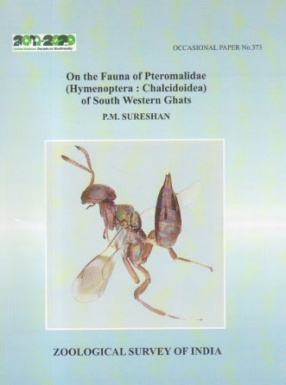

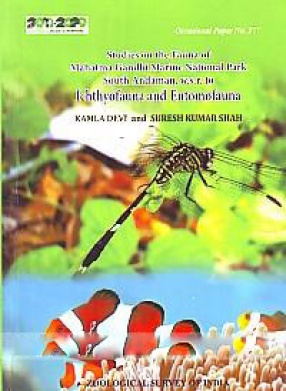
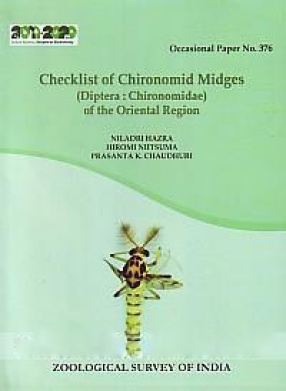

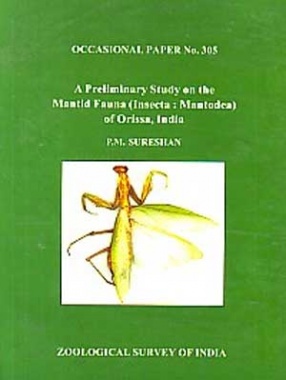
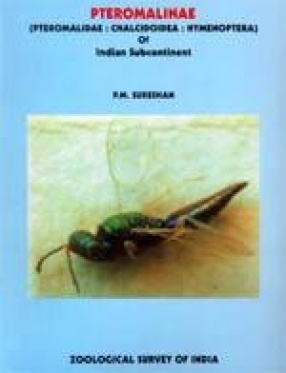

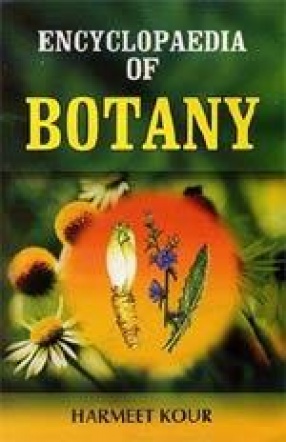
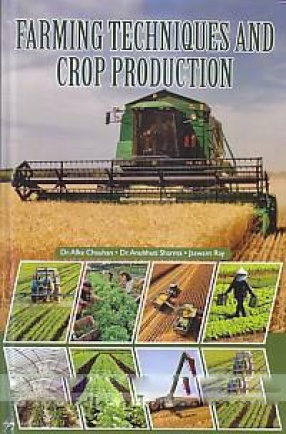
There are no reviews yet.